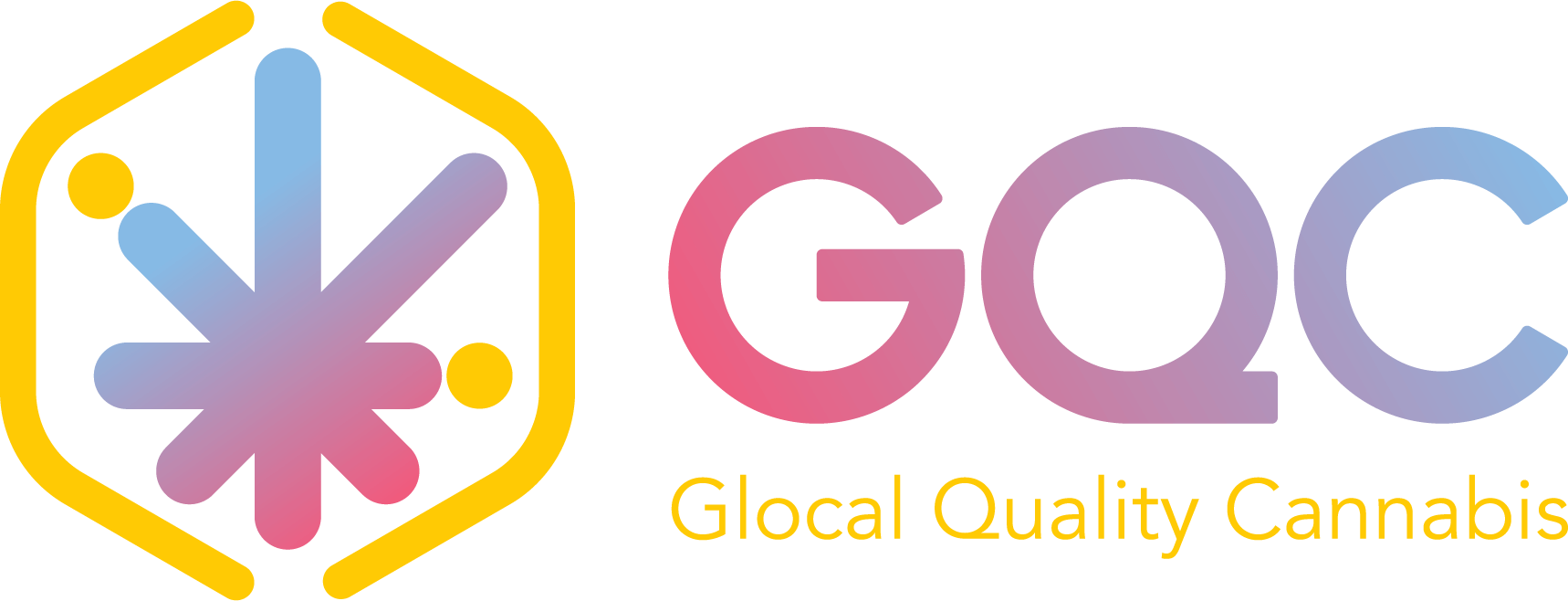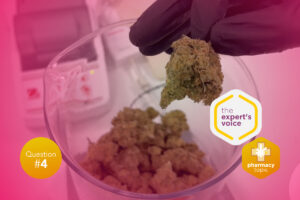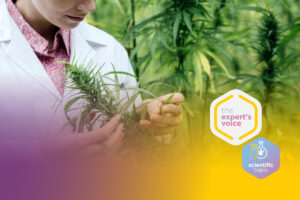Cannabis as therapeutic option for multiple clinical condition, is generally well tolerated?
Medical Cannabis consumption is significantly increasing worldwide, but most people still wonder if its use can be considered actually safe. To answer this question, we have analyzed the data related to safety issues reported in Italy, in the Phytovigilance database, due to the use of Medical Cannabis. As with all medicinal products, for those containing substances of chemical synthesis or of vegetal origin, in order to obtain the benefit expected at the therapeutic doses, some risks are accepted. These risks are the adverse drug reactions that are constantly monitored, even after the post-authorization for the marketing. The Italian phytovigilance system receives and manages the reports of suspected adverse events due to the use of Medical Cannabis; since 2016, a periodic reporting covering six months is published by the “Istituto Superiore di Sanità” with a summary of the cases received.
In Italy, Medical Cannabis can be prescribed as magistral preparations, such as oil extracts, decoction filter bags, and bags for inhalation through an authorized device. Medical use of Cannabis is authorized in Italy and reimbursed within the National Health System for selected medical conditions.
From the data reported during the last six years, we can assume that the main use of Medical Cannabis in Italy is related to chronic pain, AIDS, cancer, glaucoma, Tourette syndrome and Multiple Sclerosis. The reported adverse events, less than two hundred in six years, affected patients with an average age of 60 years and 74% of them were women. Regarding the seriousness of the events, 18% requested hospitalization for the patient and only one case was life-threatening; all the other adverse events reported were mild and transient without sequelae. The largest parts of the events have been reported by health care professionals, physicians or pharmacists, with a very low number of spontaneous cases reported by the patients themselves. In Italy, the most frequently reported cases are psychiatric and nervous system disorders, gastrointestinal disorders, application site disorders, hypersensitivity and in some cases, lack of efficacy. The main adverse events reported were the same reported in literature by Whiting and Colleagues, who found a statistically significant association between Cannabis use and the occurrence of dizziness, dry mouth, nausea, fatigue, somnolence, euphoria, vomiting, diarrhea, drowsiness, disorientation, confusion, loss of balance, and hallucination. Moreover, in their systematic review, a statistically significant association was highlighted for the following SOCs: gastrointestinal, psychiatric and nervous system disorders, general disorders and administration site conditions, ear and labyrinth disorders, and renal and urinary disorders. In the first years of reporting, a large number of cases reported also a concomitant use of other medicinal products, so the causal association between the Cannabis and the adverse reaction was not easily evaluable, leading to a possible causal association. In the last three years the number of cases significantly decreased, likely due to the Covid-19 pandemic situation, which led to a minor number of prescriptions for Cannabis treatments and less frequent patient/physician interactions. Based on that, we can assume that the benefits due to Cannabis, various therapeutic applications are higher than the risks related to its use. No serious unexpected suspected adverse reactions have been reported and no variation of the incidence of known adverse events has been underlined in the ISS periodic reports, so there are no signals of variations of the safety profile of Medical Cannabis.





